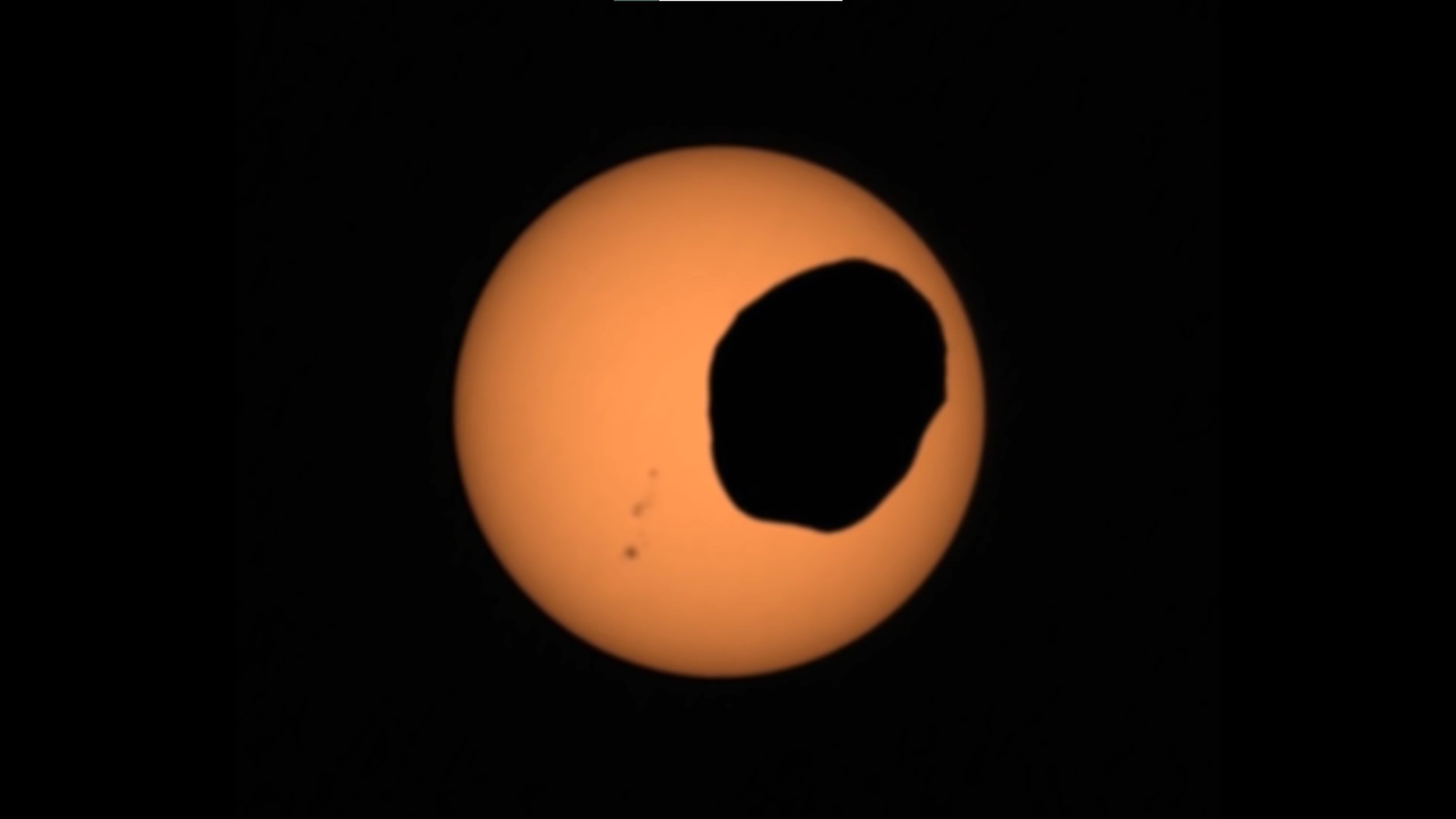On April 13th, following 31 days and 3 miles of travel, NASA’s Perseverance Rover arrived at an extinct river delta at the bottom of Jezero Crater as part of its search for ancient microbial life.
Top of the rover scientists’ wish list, the fine sediments should be an ideal place to drill for signs of organic life. On Earth, deltas such as those of the Mississippi, or the Okavango rivers, teem with the richest levels of biodiversity found in any part of their ecosystems.
Even the clearest rivers move sediment downward towards their terminus, and all those fine grains of soil and sand build up in a delta, which are also excellent places to look for prehistoric fossils.
On Mars, the Jezero delta is a massive fan-shaped area of rocks and sediment on the western edge of the crater, formed at the convergence of a Martian river and a crater lake billions of years ago.
“The delta at Jezero Crater promises to be a veritable geologic feast and one of the best locations on Mars to look for signs of past microscopic life,” said Thomas Zurbuchen, the associate administrator of NASA’s Science Mission Directorate in Washington. “The answers are out there – and Team Perseverance is ready to find them”.

The stage of exploration is called “Delta Front” after which will be “Delta Top,” when the rover will climb a hundred feet up to the higher reaches of the delta, out of the bottom of the crater.
The Delta Front Campaign kicked off Monday, April 18th, with about a week’s worth of driving to the southwest and then west. One goal of this excursion is to scope out the best route to ascend the delta, which rises about 130 feet (40 meters) above the crater floor.
Two options, called “Cape Nukshak” and “Hawksbill Gap,” look traversable. The science team is leaning toward Hawksbill Gap because of the shorter drive time needed to reach the top of the delta, but that may change as the rover acquires additional information on the two options.
Whichever route Perseverance takes to the plateau atop the delta, the team will perform detailed science investigations, including taking rock core samples, on the way up, then turn around and do the same thing on the way back down.
The rover is expected to collect around eight samples over about half an Earth year during the Delta Front Campaign, before completing roughly the same parameters during Delta Top, in which Perseverance will probably look to go up whichever route it opted not to take during Delta Front.
Potato in the sun
On its way to the delta, Perseverance captured an eclipse of the sun by Mars’ potato-shaped moon Phobos. Recorded at the highest-ever frame rate with its sophisticated camera, Mastcam-Z.
The whole phenomenon lasted around 40 seconds since Phobos is 157 times smaller than Earth’s moon. Other rovers, like Curiosity, have also captured this event before, but never as both a high frame-rate video and in color.
Part of how the Mastcam-Z operates is by sending a thumbnail of what it will soon photograph, and so the camera operators back on Earth were able to receive a preview of what was coming.
“It feels like a birthday or holiday when they arrive. You know what’s coming, but there is still an element of surprise when you get to see the final product, said Rachel Howson of Malin Space Science Systems in San Diego, and a Mazcam-Z operator.
“You can see details in the shape of Phobos’ shadow, like ridges and bumps on the moon’s landscape,” said Mark Lemmon, a planetary astronomer with the Space Science Institute in Boulder, Colorado, who has orchestrated most of the Phobos observations by Mars rovers. “You can also see sunspots. And it’s cool that you can see this eclipse exactly as the rover saw it from Mars”. WaL
PICTURED ABOVE: The larger moon of Mars, Phobos, passes in front of the Sun for around 40 seconds. It’s the most zoomed-in, highest-frame-rate observation of a Phobos solar eclipse ever taken from the Martian surface. PC: NASA JPL-Caltech.
If you think the stories you’ve just read were worth a few dollars, consider donating here to our modest $500-a-year administration costs.



